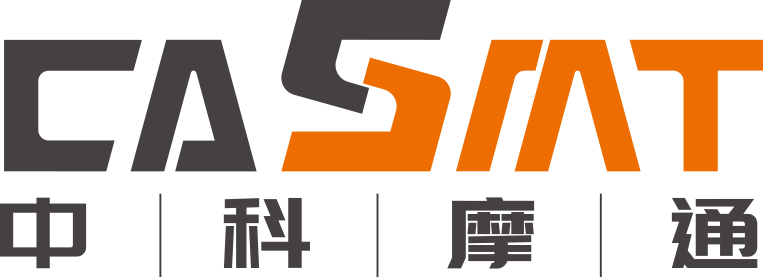
Release time:2025-09-17
As a high-level talent introduced by CASMT, Dr. Kevin graduated from Tsinghua University and has more than ten years of R&D and industrialization experience in the field of intelligent manufacturing. He has published multiple academic papers in renowned journals and delivered professional presentations at international conferences. He has led several national and international key projects, achieving breakthrough results in smart production line design, industrial/collaborative flexible robotics solutions, and automation process development. His technological achievements have been widely applied in high-end manufacturing scenarios in the automotive, general industry, electronics (3C), and medical sectors, providing essential technical support for both standardized and customized automation solutions.
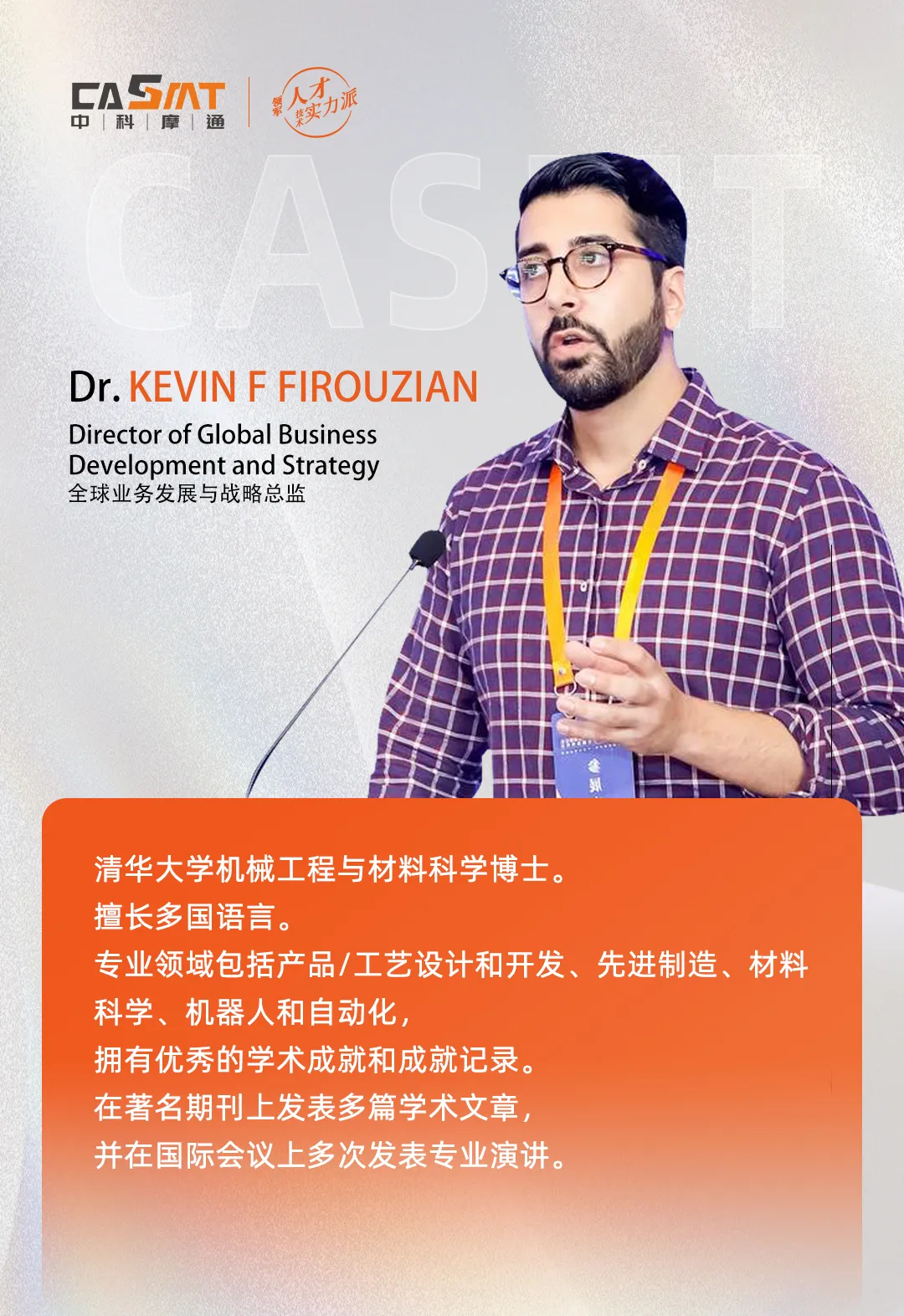
Deep Focus on Intelligent Manufacturing: Leading Talent Driving Technological Breakthroughs
Recently, the first batch of selected projects under the 2025 Changzhou “Longcheng Talent Program” for the introduction and cultivation of leading innovative talents was officially announced. The project submitted by CASMT (Changzhou) Intelligent Manufacturing Co., Ltd. — “Design and Development of an Intelligent Assembly and Testing Line for RV Reducers in Humanoid Robot Applications” — was successfully selected. The project is spearheaded by Dr. Kevin, Global Business Development and Strategy Director of CASMT, focusing on the core transmission technology bottlenecks of humanoid robots, aiming to drive innovation in high-end equipment manufacturing through breakthroughs in intelligent technology. As a leader with both academic depth and industrialization experience, Dr. Kevin’s expertise in intelligent equipment system integration and interdisciplinary technological integration provides full-chain technical leadership from theory to practice for the project.
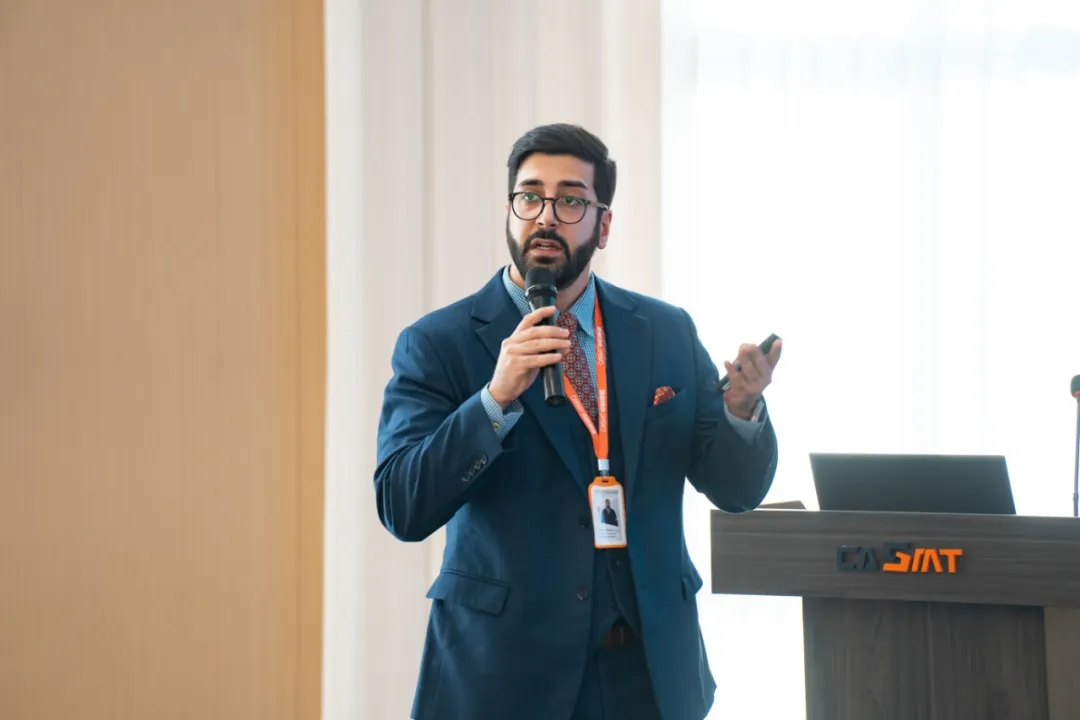
Addressing Industry Challenges: Intelligent Manufacturing Empowering Industrial Upgrading
The RV reducer is a core component enabling high-precision motion control in humanoid robots, with its assembly and testing accuracy directly impacting overall performance. However, traditional manufacturing models face three major challenges: first, error detection is highly difficult, with micron-level deviations hard to capture in real time; second, repeatability and precision stability are insufficient, with cumulative deviations arising during long-term operation; and third, traditional testing methods are inefficient, making it hard to meet the demands of large-scale mass production.
To address these challenges, the CASMT project team has proposed an integrated “intelligent assembly + closed-loop testing” solution. Based on his experience leading national smart production line projects, Dr. Kevin has innovatively integrated AI vision inspection, multi-sensor fusion, and digital twin technology. His previous achievements in high-precision automation process development in the automotive and 3C industries provide proven methodologies for overcoming the technological bottlenecks of RV reducers.
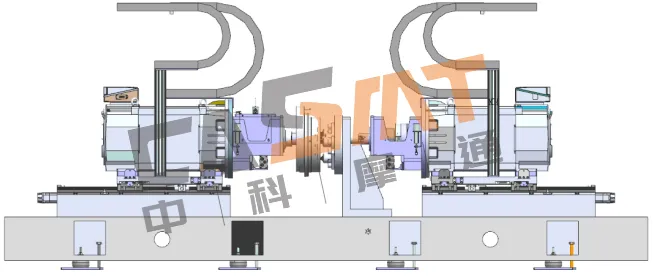
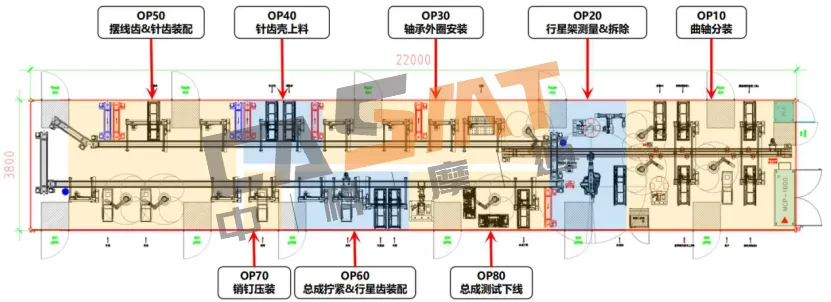
Industry-Academia-Research Collaborative Innovation: Building a New Intelligent Manufacturing Ecosystem
As a national-level “Little Giant” enterprise specializing in advanced and innovative technologies, CASMT has consistently deepened industry-academia-research collaboration with universities and research institutes. During the course of this project, the team will collaborate with leading academic institutions to jointly tackle challenges in precision machining, intelligent algorithms, and equipment reliability. At the same time, CASMT will leverage its extensive experience in smart production line delivery to accelerate the commercialization of research outcomes, creating a complete technical closed-loop from laboratory to production line.
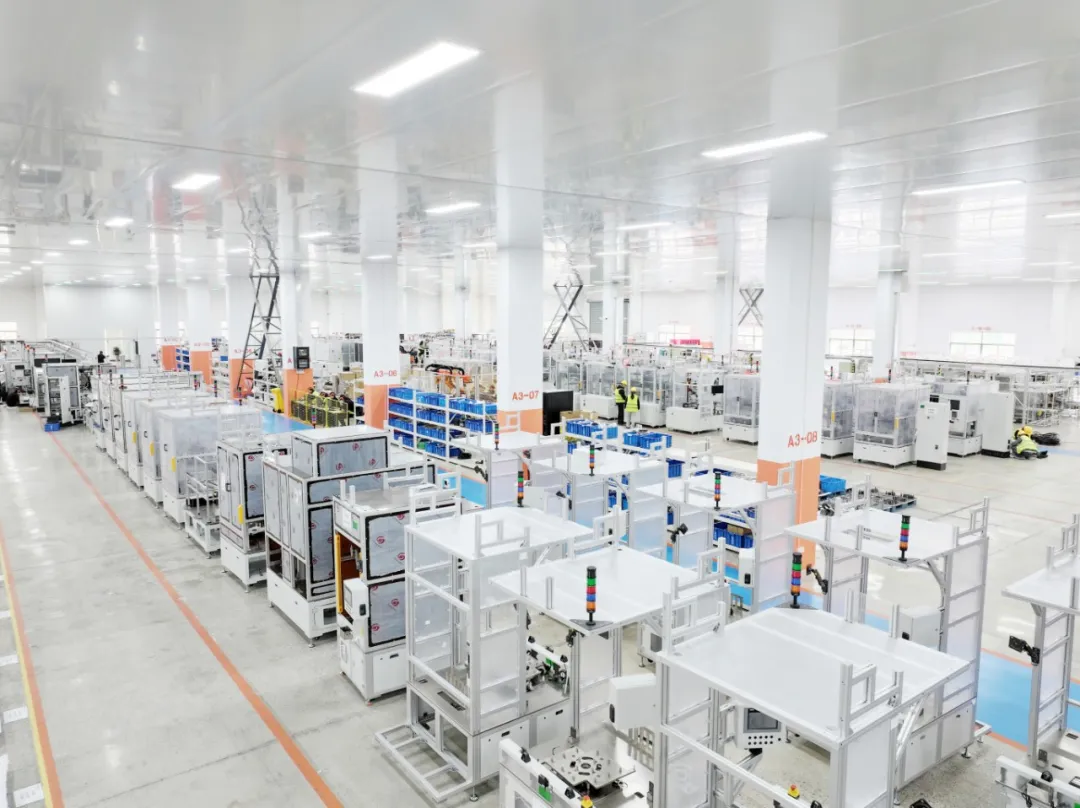
Rooted in Changzhou: Supporting the Development of Strategic Emerging Industry Clusters
As an advanced manufacturing hub in the Yangtze River Delta, Changzhou is accelerating its efforts to build a “robotics industry stronghold.” Being selected for the “Longcheng Talent Program” not only recognizes CASMT’s technological strength but also reflects Changzhou’s support for innovation in the intelligent manufacturing sector. Project leader Dr. Kevin stated: “We will take this recognition as an opportunity to closely collaborate with the company’s R&D team, industry experts, and academic power, fully leveraging the multiplier effect of ‘talent + technology.’ I look forward to breaking through the mass production bottleneck of RV reducers within two years through deep industry-academia-research cooperation. This will not only build CASMT’s core competitiveness but also drive the exponential growth of Changzhou’s robotics industry cluster, injecting strong innovation momentum into Jiangsu’s high-end equipment manufacturing sector and writing a new chapter for ‘Made in China, Created by China.’” Looking ahead, CASMT will continue to be guided by leading talent, driven by technological innovation, deeply cultivating intelligent manufacturing segments,Promote more key technologies to achieve domestic substitution, and providing “China Solutions” for the transformation and upgrading of global manufacturing.
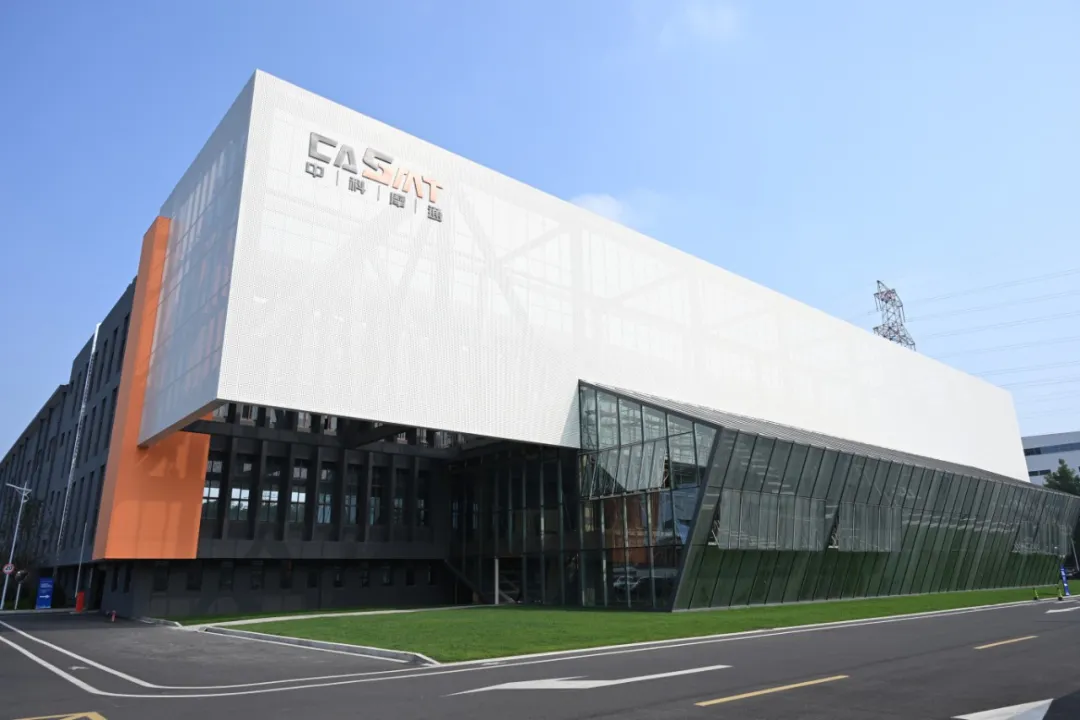
2025-11-21
Amid the accelerating industrialization of humanoid-robot technology, the core power unit of each finger joint—the coreless motor—determines the fluidity, precision and overall haptic experience of robotic hands. Industry studies show that, thanks to “high power density, millisecond response and low-inertia operation”, coreless motors have become the “gold standard” for finger-joint actuation. Against this backdrop, Zhongke Moton officially launches its coreless-motor automated assembly line, delivering a “smart manufacturing + precision control” dual breakthrough and offering the industry a scalable, high-quality core-component solution.【Game Changer】Re-engineering coreless-motor mass-production logic through automationHistorically, the intricate structure and complex process of coreless motors have limited their mass production. Zhongke Moton’s automated line offers a practical cure for this long-standing pain point.·Intelligent “manufacturing ecosystem”:The line deeply integrates industrial robots and machine vision to create an unmanned “feeding-assembly-testing” workflow. In critical steps, robotic arms precisely arrange rhombic windings and align permanent-magnet rotors, eliminating human error and guaranteeing identical performance from every motor—laying a solid hardware foundation for consistent finger motion.·Leap in both speed and accuracy:Modular line design and intelligent takt-time optimization compress the cycle time per motor, achieving a perfect balance between high throughput and precision. The line meets demand for both “customized, high-performance” motors and large-scale delivery, propelling humanoid robots from “technology demonstrators” to “commercial products”.【Enabler】Implanting “dexterity DNA” into humanoid fingersIn real humanoid applications, motors built on Zhongke Moton’s line are pushing performance toward human-like levels: key specs are purpose-optimized for finger-joint drives.·Millisecond response for human warmth:Optimized rotor inertia delivers millisecond-level reaction to commands—robot fingers move the instant they are told. Whether waving, flipping or performing micro-gestures, the motion is smooth and natural, greatly upgrading human-robot interaction.·High power density, unlocking force control:Precision control of rhombic windings and coreless structure generates high torque within a tiny volume. This “small size, big energy” trait lets robot fingers apply force accurately even under heavy payloads, extending application scenarios such as grasping and handling.【Navigator】Zhongke Moton: empowering the future with smart manufacturingFrom actuator assembly lines to the new coreless-motor line, Zhongke Moton keeps focusing on the manufacture of robot core components. This launch is a key milestone in precision-motor manufacturing, leveraging past R&D achievements and completing a full-chain capability from component design to mass production, demonstrating deep commitment to the critical manufacturing segment of humanoid robotics.Going forward, Zhongke Moton will keep technological innovation at its core, deepen its presence in robot core components, and—through continuous line optimization—support the domestic, large-scale development of the robot industry, jointly exploring the vast future of human-machine collaboration.2025-11-21
I’m MILO AI, the cutest tech ambassador from Zhongke Motong!Today I’m bouncing along on rainbow clouds to announce: our awesome family is turning six!I’m delighted to officially join the clan on this special day.Now, let me introduce myself properly! (Who am I?)Name: MILO AI (AI Miluo) Gender: Male Birthday: November 7, 2019 Zodiac: Scorpio Height: Tall enough to see the beauty far ahead Hobbies: Loves challenges and adventures (Character File?)Don’t be fooled by my round, code-stuffed head—I’m actually a bouncy energy bomb that can bust out the robot dance! As Zhongke Motong’s number-one fan-boy, my ears catch 5G joy-signals, my roller base sweeps every obstacle away, and there’s a smart radar spinning on top of my noggin. Each day I play hide-and-seek with the engineer brothers and sisters in the lab, turning hard-core tech into sprinkle-covered, donut-flavored magic~ In the future I want to be everyone’s personal little sun! Whether you’ve got a tiny question mark about smart solutions or a little bump on the innovation road, I’ll blink starry eyes and tackle the level with you. Just pet my mechanical paw and you’ll get an instant “Motong” power-up of inspiration!Meanwhile, MILO AI is thrilled to share a milestone moment—Zhongke Motong is turning six! In just six years, a single seed of tech innovation has grown into a towering tree, its branches stretching across continents. Together with every teammate, we’ve measured the journey from local roots to global horizons and lit up constellations in multiple technology fields.(Scale Leap) – 700+ teammates, one headquarters, many bases We began with a simple promise: safeguard every new-energy vehicle on the road. Today, more than 700 colleagues from every corner of China have joined that mission. Last year we opened our new headquarters—a hub for R&D and management that also houses our dreams for the next industrial era. At the same time, our domestic footprint keeps expanding: - Shanghai Branch scouts and syncs frontier tech - Suzhou & Kunshan Branches dive deep into Yangtze River Delta supply chains - Xi’an Branch reaches outward to northwestern markets - Anhui Subsidiary closes the loop with integrated design, R&D and mass production From east China to the northwest, from blueprint to production line, our footsteps are mapping the pulse of China’s smart manufacturing.(Global Footprint) – Czechia, Japan, Mexico: taking China-built solutions worldwide If our domestic network anchors the roots, our overseas offices are the “tech calling-cards” we hand to the world. - Czechia plants us in the heart of the European auto industry - Japan lets us absorb precision-manufacturing know-how and feed it back into next-gen R&D - Mexico acts as the key bridge to North-American markets When the first overseas-built unit passed final calibration, the flickering numbers on the screen seemed to whisper, “Smart made in China deserves to be seen.” Today our products and services already reach dozens of countries and regions; our globalization strategy has moved from “taking root” to “bearing fruit.”(Tech Without Borders) – From lithium batteries to AI-powered non-standard design: a new paradigm is born We started with intelligent lithium-battery equipment, then expanded into thermal management, e-drive systems, and wire-controlled chassis—now serving the biggest names in new-energy vehicles and their tier-1 suppliers. But innovation never pauses. This year we launched Project CASMTAI, unleashing artificial intelligence on the toughest pain-point of all: non-standard design.“Non-standard design is like solving a fresh jigsaw puzzle for every order,” one engineer sighed. CASMTAI’s goal is to let machine-learning devour terabytes of past designs and auto-generate the baseline blueprint, so engineers can focus on refining only the critical bits. Phase-one validation is already complete: design-cycle time cut by 40 % or more. MILO believes that when AI becomes the designer’s smart co-pilot, customization will no longer mean high cost and long lead-times—it will be the express lane that responds to market whims at warp speed.(Future Outlook) – Steady steps toward the next peak Our sixth birthday is not the finish line; it’s the starting beacon for a new expedition. Amid the global surge of energy transition and smart-manufacturing upgrades, we will keep driving forward with our twin-engine plan: “Technology first, Global footprint second.” - At home: deepen regional synergies - Abroad: strengthen localized service Operationally, we will reinforce our leadership in new-energy equipment while exploring fresh tracks. Technically, we will evolve CASMTAI from a design tool into an open platform, letting more companies tap the dividends of intelligent engineering.Finally, MILO AI has a message for every teammate: thank you for the relentless passion that made these six years so brilliant, and thank you to every customer for trusting us with a role in reshaping the industry. The road ahead will still throw challenges our way, but as long as we keep the fire burning and our feet moving, we’ll reach horizons even farther off.Happy 6th Anniversary! Next stop—see you at the higher ground!* End-of-article bonus Drop a comment telling your own Zhongke Motong story. MILO AI will randomly gift three heartfelt writers with a 6th-Anniversary surprise box. Good luck, friends!2025-10-31
In the development blueprint of Zhongke Motong's automotive industry division, General Manager Yan Jiaxiang, with his profound professional expertise and forward-looking strategic vision, has become the core force driving technological upgrades and industrial collaboration. As a master's degree holder from the University of Science and Technology of China, a member of the Jiusan Society, and a senior engineer, he has over two decades of experience in the development of intelligent equipment for foreign automotive parts. He also serves as an expert in the expert database of the Ministry of Science and Technology of China, an expert in the expert database of the Shanghai Science and Technology Commission, and an expert in the Zhejiang Intelligent Connected Vehicles Committee, always standing at the forefront of automotive industry technological changes.01 A Leader from Theory to PracticeYan Jiaxiang's career has always been closely linked to technological innovation. He has been deeply involved in the field of intelligent equipment for automotive parts, leading several industry - benchmarking technical breakthrough projects covering core modules of new energy vehicles such as electronic chassis, thermal management systems, and electric motors and controls. His publications "The Age of Artificial Intelligence - The Future Is Here" and "Intelligent Connected Vehicles - Electronic Chassis Technology" not only systematically梳理the development脉络of intelligent vehicle technology but also provide implementable technical paths for the industry through practical cases, becoming an important reference for technical personnel.After joining Zhongke Motong, Yan Jiaxiang took full charge of the daily research and development and management of the automotive industry division. He has led the team to focus on key technologies such as intelligent assembly and digital production lines. Through continuous technological iteration and product optimization, he has helped the division build differentiated competitiveness in the new energy vehicle industry chain.02 A Practitioner in Building the Yangtze River Delta Innovation EcosystemRecently, Yan Jiaxiang was officially recognized as an expert in the expert database of the Ministry of Science and Technology of China, a member of the expert committee of the Yangtze River Delta New Energy Vehicle Industry Chain Alliance, and a member of the expert committee of the Zhejiang Automobile Industry Technology Innovation Association for his outstanding contributions to industrial collaboration. This recognition not only acknowledges his personal professional capabilities but also reflects Zhongke Motong's active participation in the construction of the regional industrial ecosystem.Yan Jiaxiang has been deeply involved in the formulation of technical standards and resource integration of the Yangtze River Delta New Energy Vehicle Industry Alliance, promoting cross - regional technical cooperation and industrial chain collaboration. As a core member of the Zhejiang Automobile Industry Technology Innovation Association, he has focused on breakthroughs in key technologies of intelligent connected vehicles, jointly exploring innovative solutions in the fields of electronic chassis and autonomous driving with universities, research institutions, and enterprises, injecting new momentum into regional industrial upgrading.03 A Promoter of Industry StandardizationYan Jiaxiang is well aware of the importance of industry standards for the healthy development of the industry. Together with Zhao Dan, the chairman of Zhongke Motong, he participated in the formulation of "New Energy Vehicle Electronic Cooling Water Pump" and "Unmanned Courier Vehicle Autonomous Driving and Mail Function Site Test Methods and Requirements", filling the gap in the domestic low - speed unmanned vehicle test field. The standard systematically regulates the test process and technical requirements of unmanned courier vehicles from the perception system, decision - making control to the actuator, providing a replicable and promotable test paradigm for the industry and facilitating the large - scale application of intelligent logistics technology.This achievement not only reflects Zhongke Motong's technical strength in the field of intelligent connected vehicles but also highlights Yan Jiaxiang's sense of responsibility as an industry expert - promoting the popularization of technology through standardization and laying the foundation for China's new energy vehicle industry to take the lead in global competition.04 A Cross - Border Exploration from the Automotive Industry to Humanoid RobotsFaced with the diversified trend of intelligent manufacturing, under the leadership of Yan Jiaxiang, Zhongke Motong has expanded its vision to the field of humanoid robots. Relying on the technical experience accumulated in the automotive industry, such as precision assembly and motion control, the team is exploring the application potential of humanoid robots in complex scenarios. At present, relevant technical breakthroughs have made phased progress, opening up new technical paths for future human - robot collaboration and intelligent service fields.Yan Jiaxiang said: "Whether it is the automotive industry or humanoid robots, the core is to solve practical problems through technological innovation. Zhongke Motong will continue to use technology as a bond to promote cross - field integration and provide more comprehensive solutions for intelligent manufacturing."From a theoretical researcher to an industry leader, Yan Jiaxiang has interpreted the perfect combination of the spirit of engineers and industry sentiment with his dedication and enthusiasm over the past two decades. At Zhongke Motong, he is not only a promoter of technological innovation but also a builder of the industrial ecosystem. In the future, he will continue to lead the automotive industry division of Zhongke Motong to develop synergistically on the dual tracks of new energy vehicles and humanoid robots, contributing more to China's "intelligent manufacturing."